Tonegawa was born in Nagoya, Japan and attended Hibiya High School in Tokyo. While a student at Kyoto University, Tonegawa became fascinated with operon theory after reading papers by François Jacob and Jacques Monod, whom he credits in part for inspiring his interest in molecular biology.
Tonegawa graduated from Kyoto University in 1963 and, due to limited options for molecular biology study in Japan at the time, moved to the University of California, San Diego to do his doctorate study under Dr. Masaki Hayashi. He received his Ph.D. in 1968.
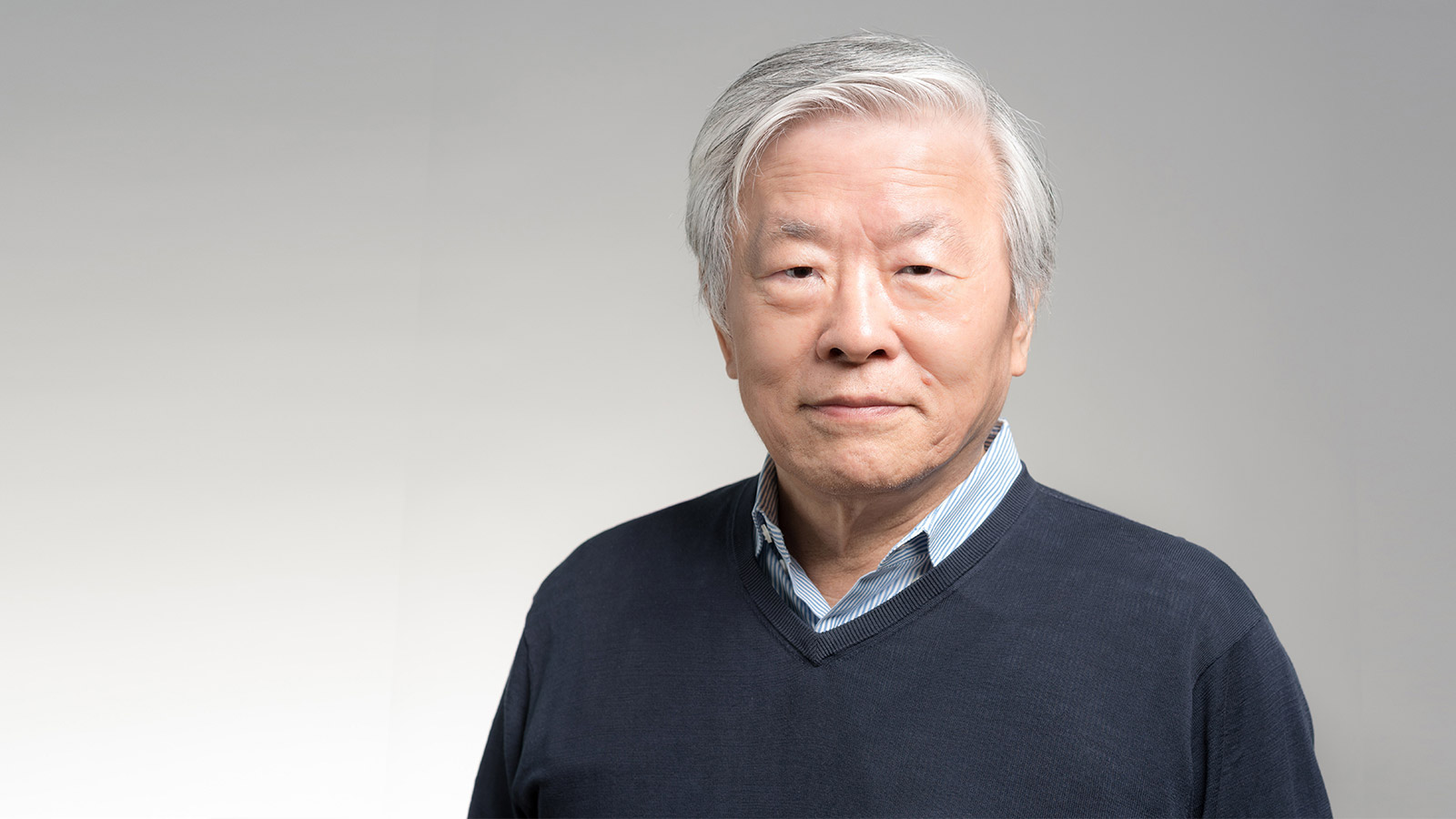
Tonegawa conducted post-doctoral work at the Salk Institute in San Diego in the laboratory of Renato Dulbecco. With encouragement from Dr. Dulbecco, Tonegawa moved to the Basel Institute for Immunology in Basel, Switzerland in 1971, where he transitioned from molecular biology into immunology studies and carried out his landmark immunology studies.
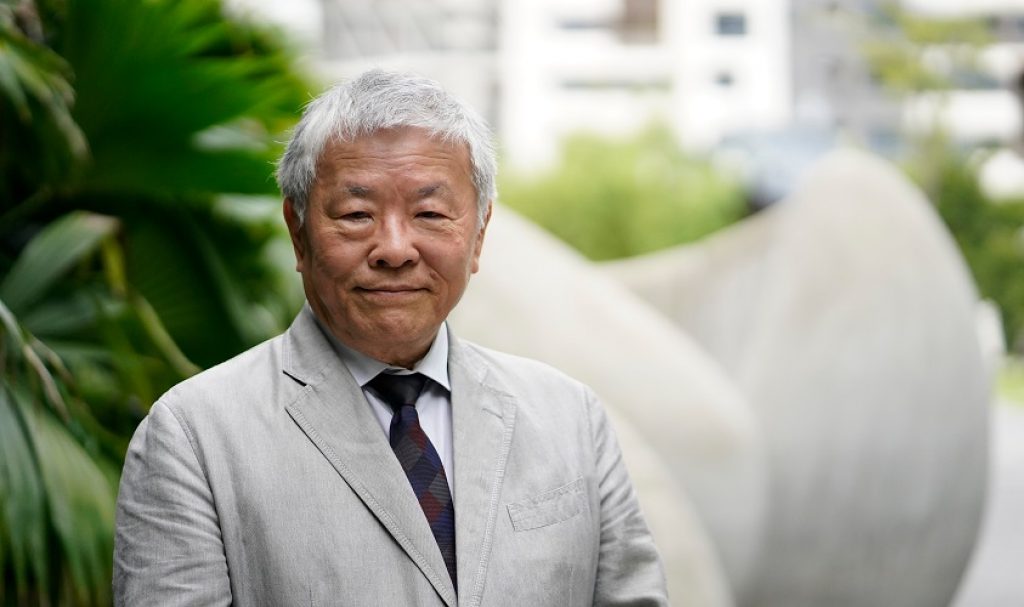
In 1981, Tonegawa became a professor at the Massachusetts Institute of Technology. In 1994, he was appointed as the first Director of the MIT Center for Learning and Memory, which developed under his guidance into The Picower Institute for Learning and Memory. Tonegawa resigned his directorship in 2006 and currently serves as a Picower Professor of Neuroscience and Biology and a Howard Hughes Medical Institute Investigator.
Tonegawa also served as Director of the RIKEN Brain Science Institute from 2009 to 2017.
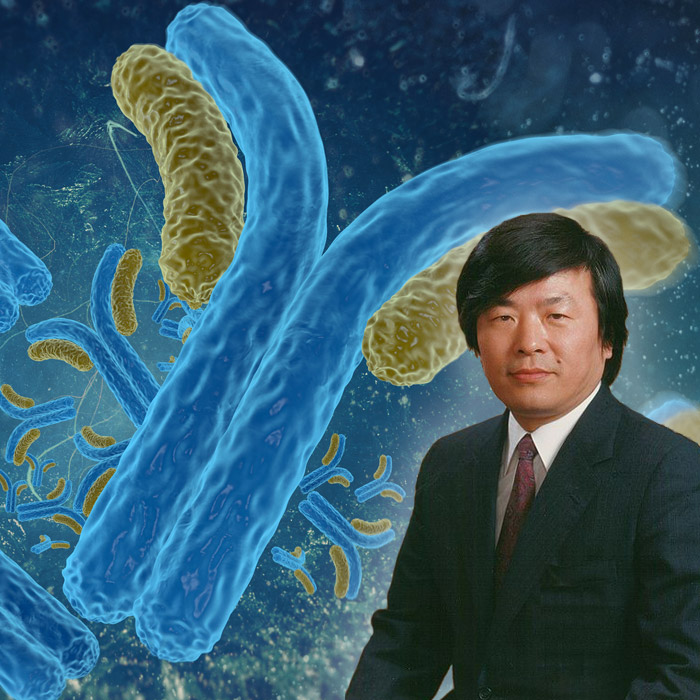
Tonegawa’s Nobel Prize work elucidated the genetic mechanism of the adaptive immune system, which had been the central question of immunology for over 100 years. Prior to Tonegawa’s discovery, one early idea to explain the adaptive immune system suggested that each gene produces one protein; however, there are under 19,000 genes in the human body which nonetheless can produce millions of antibodies.
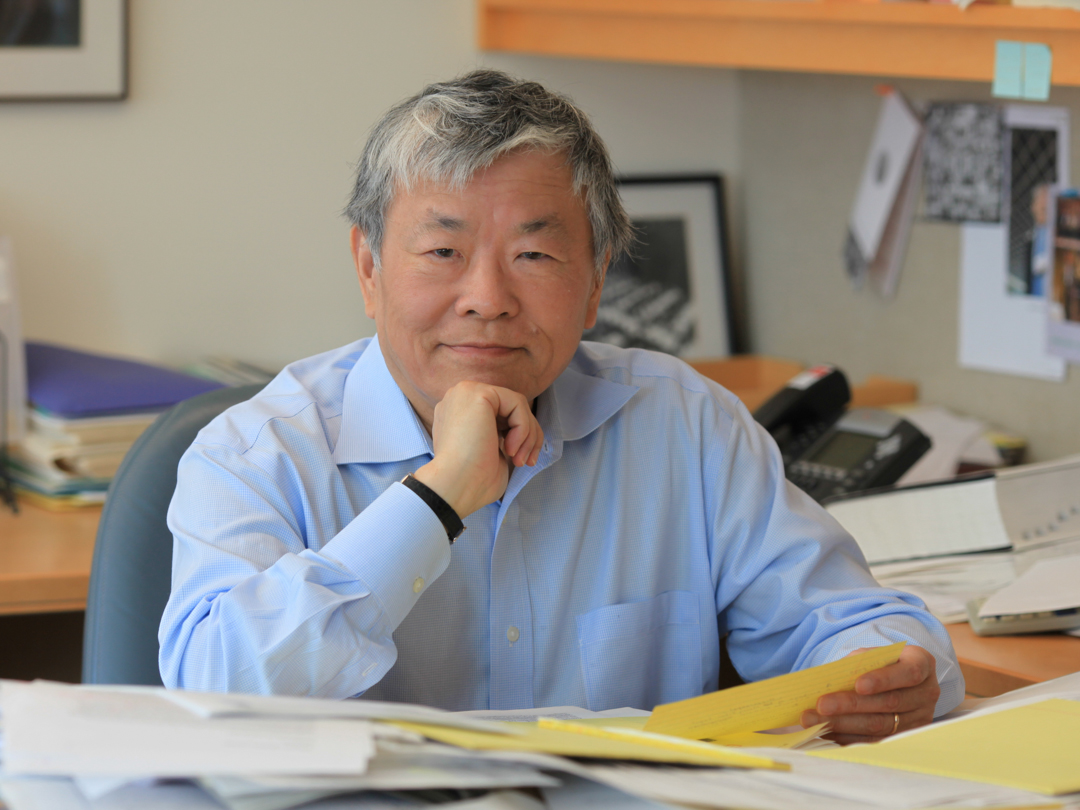
In experiments beginning in 1976, Tonegawa showed that genetic material rearranges itself to form millions of antibodies. Comparing the DNA of B cells (a type of white blood cell) in embryonic and adult mice, he observed that genes in the mature B cells of the adult mice are moved around, recombined, and deleted to form the diversity of the variable region of antibodies.
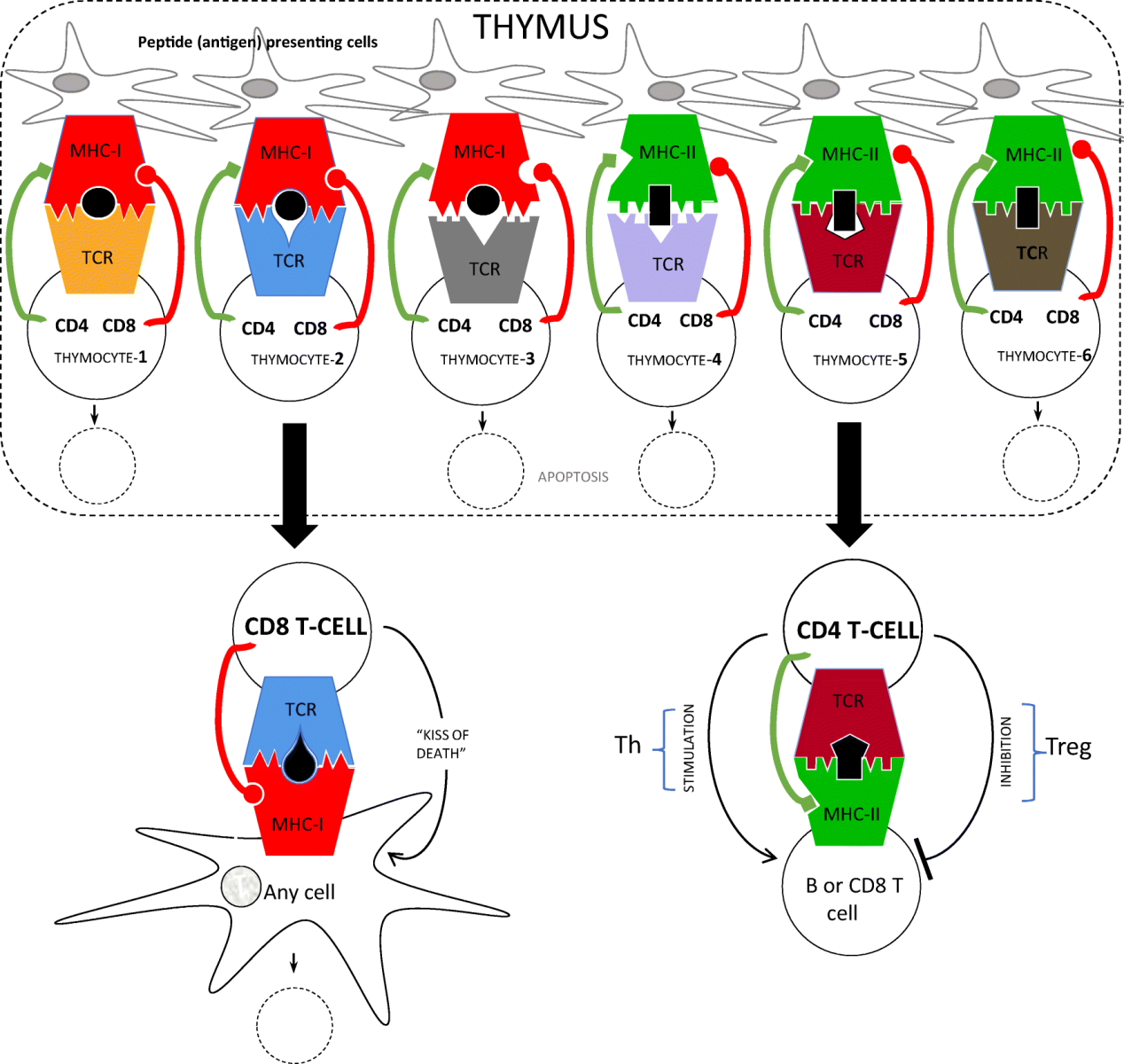
In 1983, Tonegawa also discovered a transcriptional enhancer element associated with antibody gene complex, the first cellular enhancer element.
According to en.wikipedia











